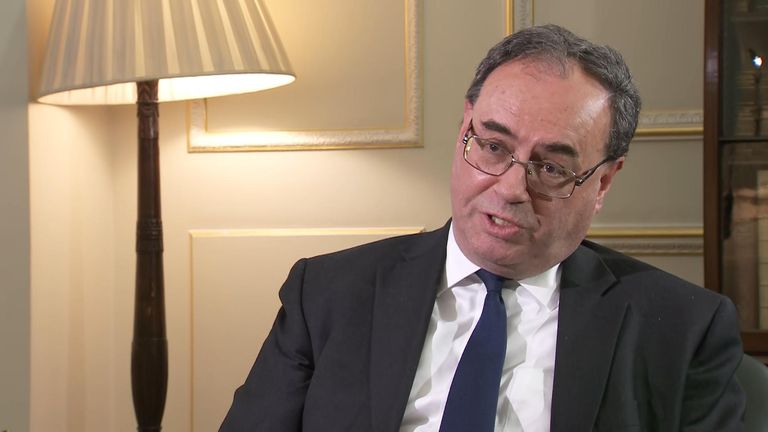The UK economy suffered a slightly worse start to the year than first thought as households squirrelled away cash during latest lockdowns, revised figures show.
Gross domestic product (GDP) shrank by 1.6% – compared to an initial estimate of 1.5% – as renewed stay-at-home measures held back business activity and spending, according to the Office for National Statistics (ONS).
Latest data showed the impact of restrictions in areas such as hotels and restaurants, education and manufacturing were slightly worse than at first believed in the January-March period.
The ONS figures showed household spending fell by more than first feared, dropping by £9.9bn in the first quarter at a time when much of the economy was closed.
Meanwhile the household savings ratio was 19.9%, its second highest level on record, the ONS said.
The measure of how much money people have to save as a proportion of their overall incomes was only higher in the spring of last year during the first lockdown.
Britain’s economy shrank by 9.8% last year as a result of the pandemic – the biggest decline in three centuries.
It was held back again at the start of this year as the UK battened down the hatches once more against a renewed wave of infections.
But monthly data suggests that the reopening of the economy since then has helped it start to recover, with growth of 2.3% recorded in April.
The Bank of England forecasts that overall this year, GDP will grow at the fastest pace since the Second World War.
However, an early estimate of June’s economic performance by a closely-watched business survey last week suggested the pace of the bounce-back may have peaked already, with some parts of the economy squeezed by supply chain and inflation pressures.
Reacting to the latest figures, Paul Dales, chief UK economist at Capital Economics, said: “The small downward revision to Q1 GDP growth probably won’t stop the economy from rising back to its pre-pandemic peak in the coming months.
“And the larger rebound in the household saving rate increases the potential for faster rises in GDP further ahead.”


